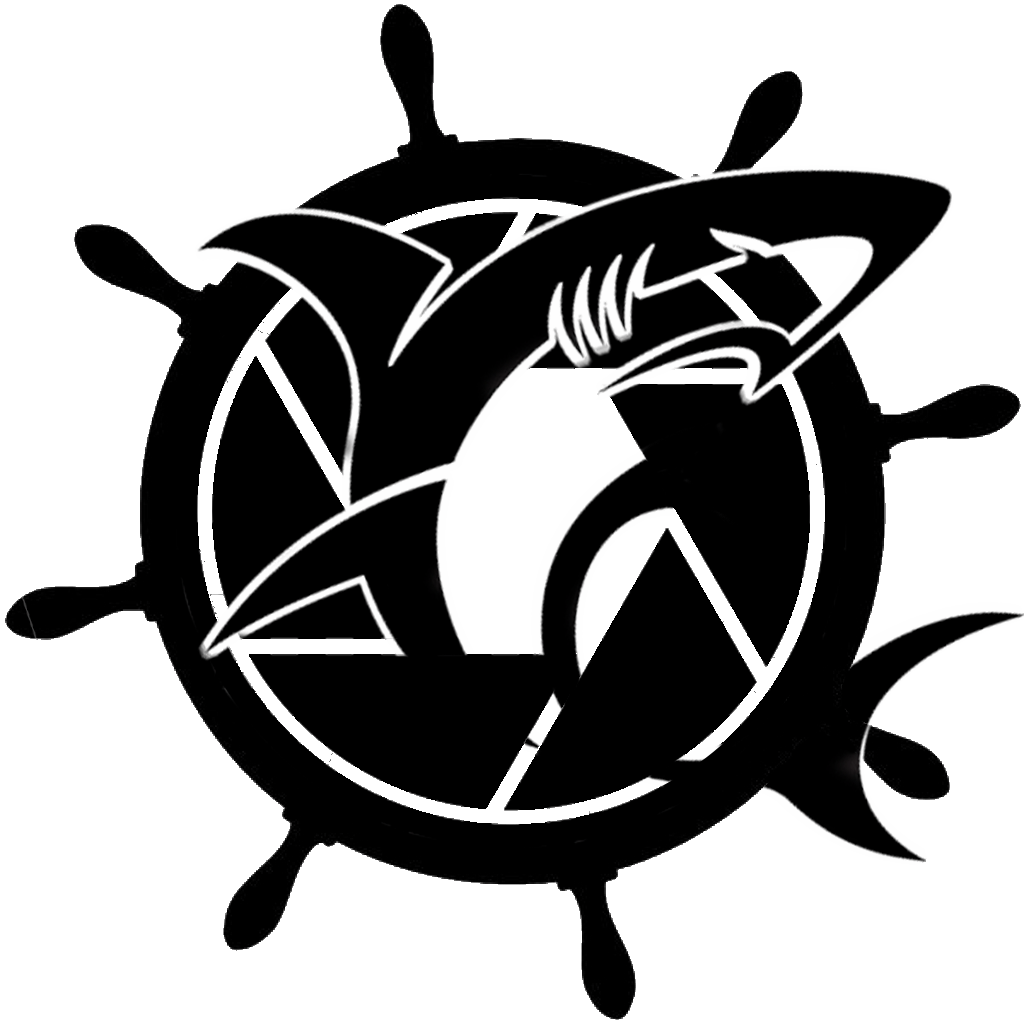Navigation Masterclass Ch.5
GPS and Electronic Navigation: Modern Sailing Aids
Navigation has always played a crucial role in sailing, from ancient times when sailors relied on the stars to guide their vessels across the vast oceans to the modern era where technology has revolutionized the way sailors navigate on the open seas. One of the most revolutionary advancements in navigation is undoubtedly the Global Positioning System (GPS) and electronic navigation tools. In this blog, we will explore the essential tools for navigating in sailing, focusing on the benefits and capabilities of GPS and electronic navigation aids.
Introduction to GPS and Electronic Navigation
GPS, an acronym for Global Positioning System, is a satellite-based navigation system that enables sailors to determine their precise location on the Earth's surface. The GPS system consists of a network of satellites orbiting the planet, constantly transmitting their position and time data. When receivers on boats pick up signals from multiple satellites, they can calculate their position accurately, often within a few meters.
Electronic navigation tools, such as GPS chart plotters and multifunction displays (MFDs), utilize GPS technology to provide a wealth of information to sailors. These tools combine GPS data with electronic charts, weather updates, and other data to create a comprehensive and user-friendly navigation system.
Benefits of GPS and Electronic Navigation
1. Accurate Positioning: The primary advantage of GPS is its ability to provide highly accurate positioning information. This is especially crucial when sailing in unfamiliar waters or navigating through hazardous areas, as sailors can precisely pinpoint their location at any moment.
2. Real-time Tracking: GPS allows sailors to track their progress in real-time, making it easier to plan routes, estimate arrival times, and monitor deviations from the intended course. It provides peace of mind and enhances safety by ensuring sailors have a clear picture of their voyage.
3. Simplified Navigation: Electronic navigation tools, in combination with GPS, simplify the navigation process by integrating charts, waypoints, and other critical information into a user-friendly interface. This eliminates the need for traditional paper charts and manual calculations, saving time and reducing the chance of errors.
4. Advanced Routing and Course Planning: GPS and electronic navigation aids offer advanced routing capabilities, allowing sailors to optimize their routes based on prevailing winds, currents, and hazards. These tools can calculate the most efficient course, helping sailors save time and fuel while maximizing their sailing experience.
5. Safety Features: Many modern GPS chart plotters and MFDs offer additional safety features that enhance the sailing experience. These can include collision avoidance systems, integrated AIS (Automatic Identification System), and MOB (Man Overboard) alerts, all of which contribute to increased situational awareness and the prevention of accidents.
Must Have GPS and Electronic Navigation Tools
1. GPS Chartplotters: A GPS chartplotter is a device that combines GPS positioning with electronic charts, allowing sailors to visualize their position and navigate accurately. It offers a user-friendly interface, touchscreen or physical controls and can often be integrated with other onboard systems.
2. Multifunction Displays (MFDs): MFDs go beyond simple GPS chart plotters by combining various functions into a single device. They typically offer GPS navigation, radar, fishfinder, weather updates and more, accessible through a single interface. MFDs are particularly useful for sailors who require additional functionality beyond basic navigation.
3. Handheld GPS Devices: Handheld GPS devices are portable and offer sailors the flexibility to navigate both on and off their vessels. These devices are particularly useful for dinghy sailing, kayaking, or land exploration.
4. Electronic Charts: Electronic charts are digital versions of traditional paper charts loaded onto GPS chart plotters or MFDs. They offer real-time positioning, and detailed depth information and can be regularly updated. Electronic charts are available for various regions and are essential for modern navigation.
5. AIS: The Automatic Identification System (AIS) is a technology that enables boats to exchange real-time information such as vessel positions, identification, course, and speed. AIS functionality can be integrated into GPS chart plotters and MFDs, providing sailors with an extra layer of safety and situational awareness.
Conclusion
GPS and electronic navigation tools have revolutionized how sailors navigate the open seas. With their accuracy, real-time tracking, simplified navigation, and advanced features, these modern sailing aids have become indispensable for every sailor. Whether embarking on a coastal cruise or planning a circumnavigation, investing in reliable GPS and electronic navigation tools will ensure a safer, more enjoyable sailing experience. Embrace the benefits of technology and let GPS be your guiding star on the vast and beautiful oceans.
